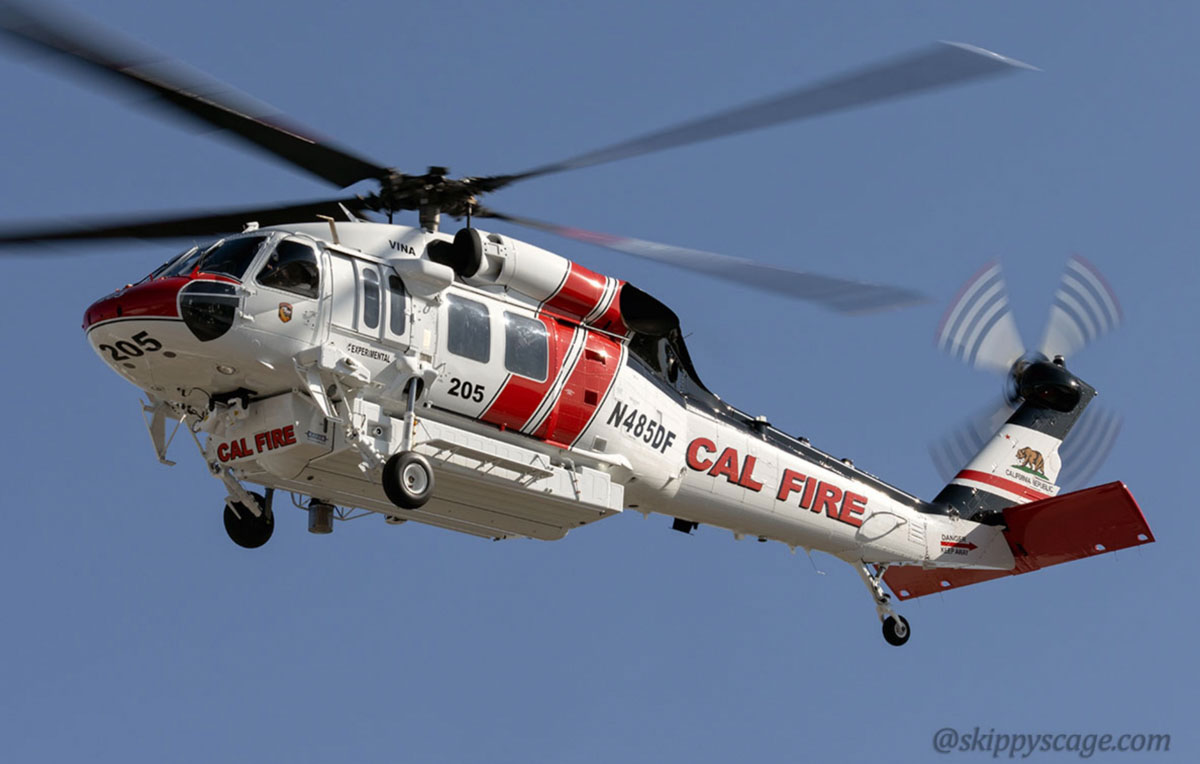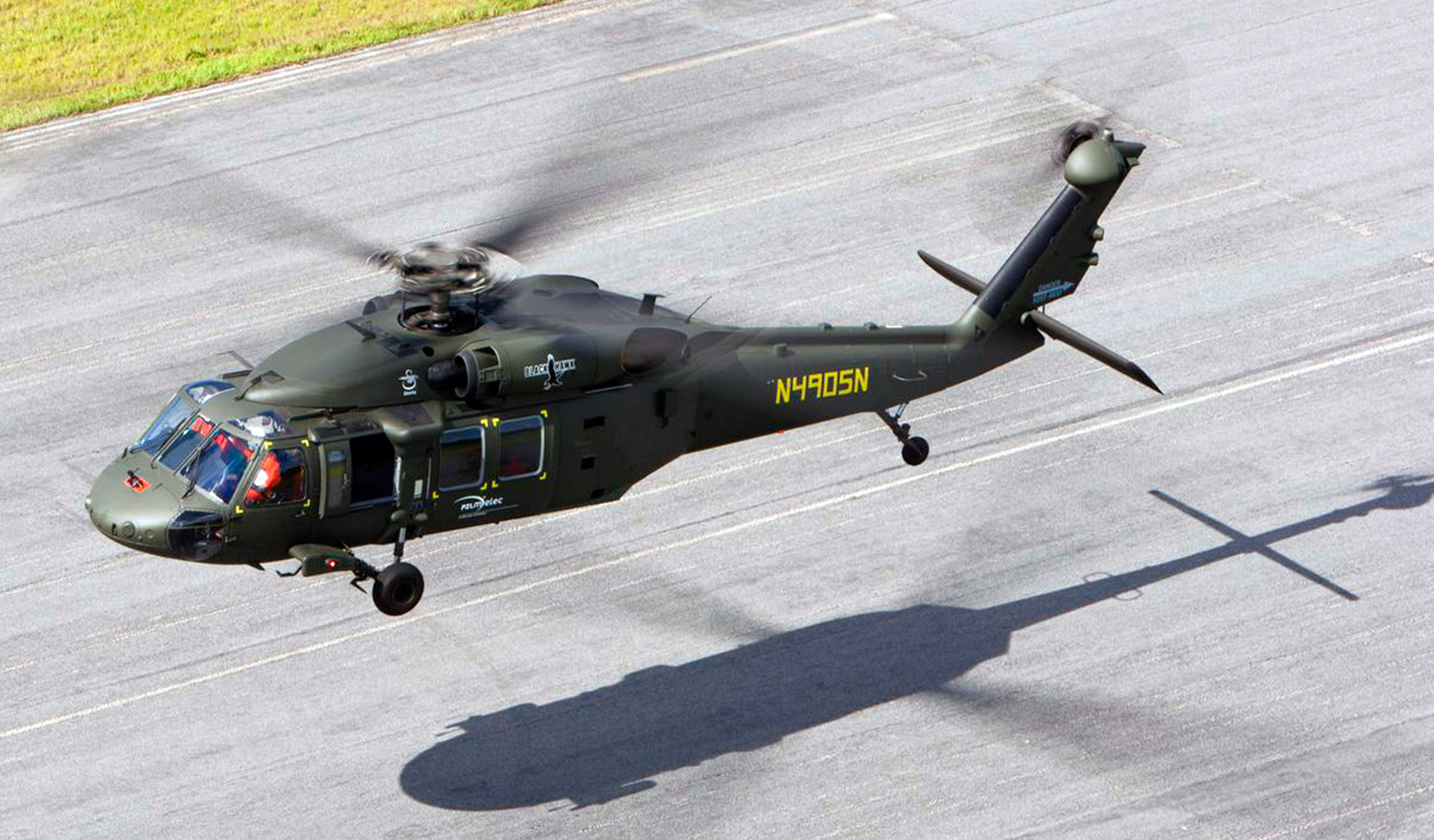Rotary-Wing Airplane Offering Superior Longevity and Precision Design
In the realm of air travel, rotary-wing airplane have long been acknowledged for their one-of-a-kind capacities in various operational atmospheres. As we explore the elaborate balance in between technology and integrity in rotary-wing aircraft, it becomes evident that the merging of sophisticated innovation and proven layout concepts has set a brand-new requirement for performance and performance in the aerospace market.
Development of Rotary-Wing Technology
Throughout the history of aviation, the advancement of rotary-wing innovation has been a testimony to consistent development and advancement in aerial engineering. From the very early days of vertical flight with basic layouts to the advanced helicopters and other rotary-wing airplane of today, the development in this field has actually been amazing.
In the very early 1900s, leaders like Igor Sikorsky and Juan de la Cierva made substantial strides in rotary-wing technology. Sikorsky's VS-300 helicopter, initial flown in 1939, marked a crucial moment in the growth of useful rotary-wing airplane. This success led the way for further advancements in upright flight abilities.

Today, rotary-wing aircraft play important duties in various sectors, including military operations, emergency situation medical services, legislation enforcement, and industrial transportation. The evolution of rotary-wing technology remains to push the boundaries of what is possible in vertical trip, ensuring that these airplane continue to be indispensable assets in the aeronautics sector.
Products and Building Innovations
Demonstrating a combination of cutting-edge products and accurate construction strategies, rotary-wing aircraft have actually undergone substantial developments in durability and performance. One of the vital advancements in products used for rotary-wing aircraft is the enhancing use of composite products.
Moreover, the combination of sophisticated coatings and surface area therapies has played an essential duty in enhancing the toughness of rotary-wing aircraft. These finishings give protection versus deterioration, abrasion, and extreme climate condition, extending the lifespan of the aircraft and lowering maintenance requirements.
In terms of building and construction innovations, additive manufacturing, likewise recognized as 3D printing, has actually revolutionized the production of complicated elements for rotary-wing airplane. This modern technology enables rapid prototyping and personalization, bring about much faster growth cycles and reduced costs. In general, the constant advancement of products and building and construction strategies is driving the capabilities and performance of rotary-wing aircraft to new heights.
Accuracy Trip Control Systems

The combination of GPS technology better improves the accuracy and reliability of these systems, enabling for accurate navigating, waypoint tracking, and automated trip control. sikorsky s 70. This degree of precision not just enhances the safety and security of rotary-wing operations yet also improves general operational effectiveness and objective performance
Additionally, the continual improvements in artificial intelligence and artificial intelligence have helped with the growth of autonomous flight capacities within Precision Flight Control Equipment. This makes it possible for rotary-wing aircraft to execute complex objectives with unparalleled accuracy and uniformity, making them essential possessions in a vast range of applications, including armed forces procedures, search and rescue missions, and aerial photography.
Longevity in Challenging Environments
Popular functional setups, rotary-wing airplane show remarkable durability and effectiveness, making certain optimal performance under challenging environmental conditions. These airplanes are created to hold up against a vast array of environmental elements, including extreme temperatures, high winds, and rough terrain, making them appropriate for different objectives in varied landscapes.
One crucial variable adding to the longevity of rotary-wing airplane is their sturdy construction. These airplanes are constructed making use of high-grade products and progressed design methods to improve their architectural stability and dependability. Additionally, components such as rotor blades, engine article systems, and landing equipment are diligently made to stand up to the anxieties and stress encountered during procedures in difficult atmospheres.
Additionally, rotary-wing airplane are outfitted with advanced onboard systems that keep track of performance metrics in real-time, permitting for aggressive maintenance and early discovery of prospective issues - sikorsky s 70. This aggressive technique helps prevent unanticipated failures and ensures the ongoing airworthiness of the aircraft popular functional settings. Overall, the longevity of rotary-wing aircraft in challenging settings is a YOURURL.com testament to their superior engineering and layout, making them indispensable assets for various mission-critical operations
Maintenance and Reliability Criteria
The adherence to rigorous upkeep and reliability criteria is extremely important in ensuring the ideal efficiency and security of rotary-wing airplane. Normal maintenance checks, performed by certified specialists, are important to recognize and attend to any type of possible issues prior to they jeopardize the aircraft's capability. These checks include go now an extensive evaluation of all essential components, consisting of the engine, blades system, avionics, and hydraulic systems, to guarantee that they remain in prime functioning problem.
Furthermore, adherence to arranged maintenance intervals based on producer guidelines is critical for supporting the aircraft's dependability. This proactive approach assists protect against unforeseen break downs and makes certain that the airplane remains airworthy for its desired goals. Additionally, the application of robust dependability requirements, such as routine element screening and substitute based on fixed lifecycles, even more improves the aircraft's reliability.
Final Thought

Finally, the innovations in rotary-wing airplane modern technology have actually led to superior resilience and precision engineering. With innovative products and construction strategies, in addition to accuracy trip control systems, these aircraft can operate in challenging environments with increased integrity. The upkeep and dependability requirements guarantee that these rotary-wing aircraft remain to execute at their finest, making them necessary possessions for different industries.
Showing a blend of innovative materials and precise building and construction methods, rotary-wing aircraft have actually undertaken considerable advancements in durability and efficiency. One of the essential innovations in products utilized for rotary-wing aircraft is the boosting usage of composite products.With careful attention to information and advanced technical combination, rotary-wing airplane have actually embraced Accuracy Flight Control Solution as a cornerstone of their functional excellence. Generally, the sturdiness of rotary-wing airplane in difficult settings is a testament to their premium engineering and layout, making them important properties for different mission-critical procedures.
In conclusion, the innovations in rotary-wing aircraft innovation have actually led to exceptional longevity and precision design.